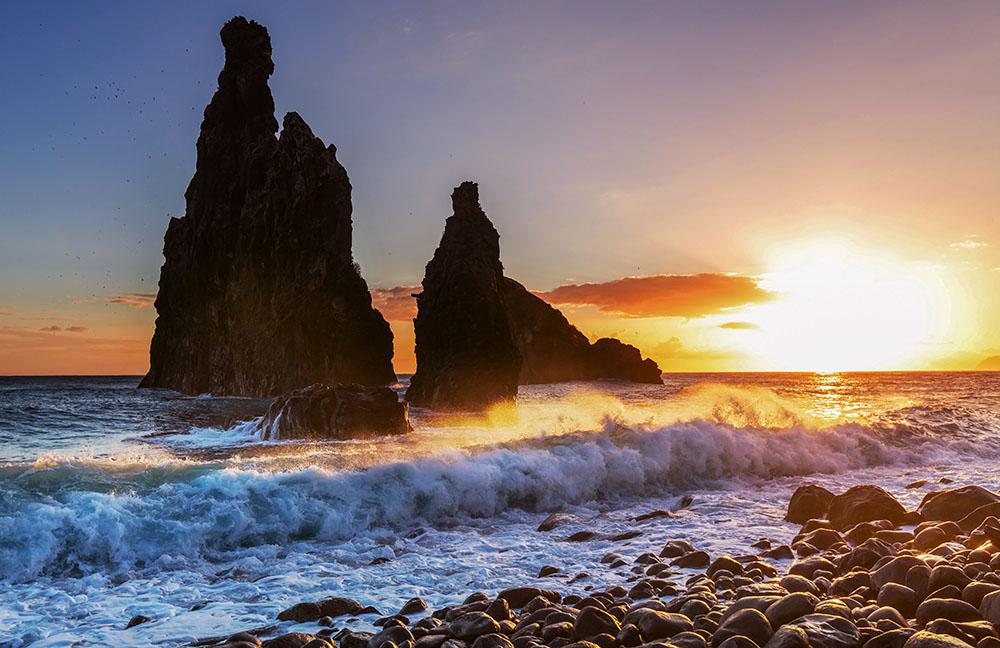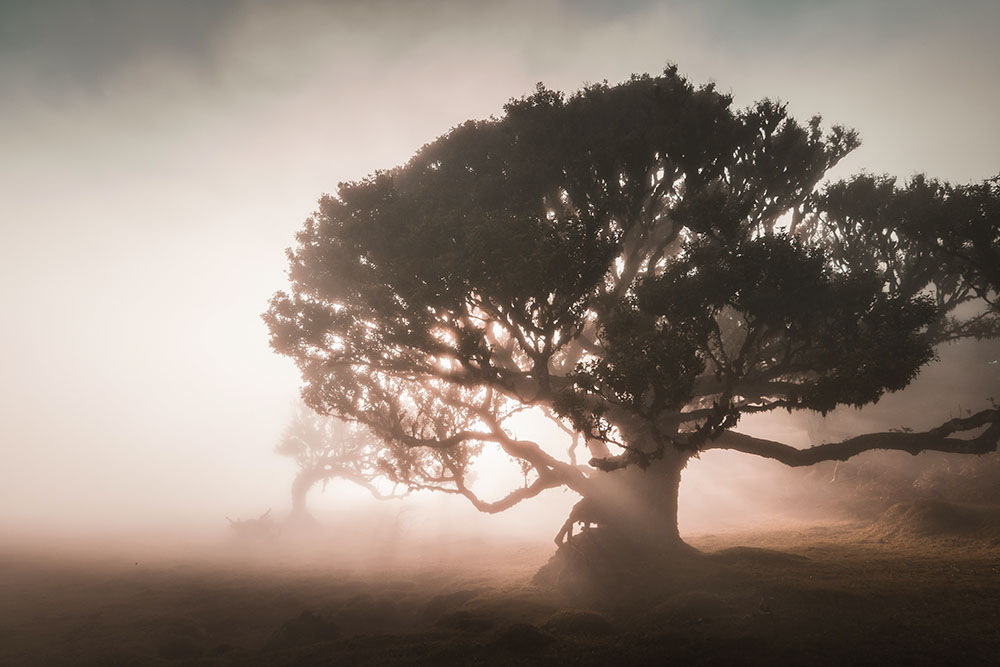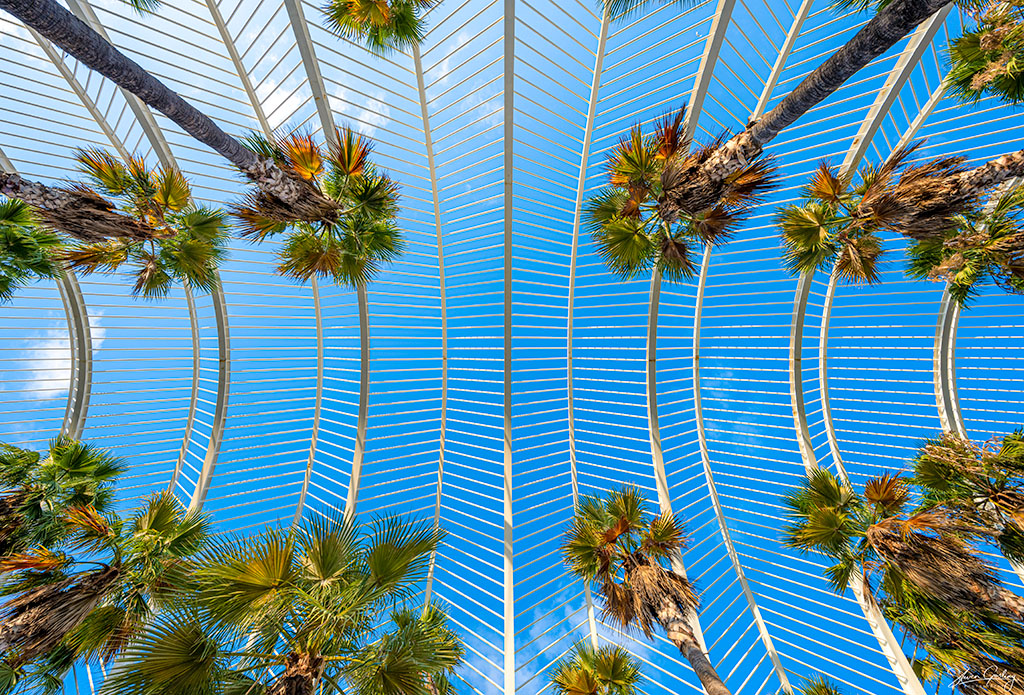Wake Up Early, Stay Up Late
It stands to reason that there are more sunset shots than sunrises. There’s less people around at sunrise and can be the most beautiful part of the day. Set the alarm. Don’t snooze and get up and make your way to your desired spot before sunrise. Know where the sun will rise, put up the tripod, get setup and wait. The same goes for sunsets. The best light is nearly always found at the start and end of the day.
Pre-Trip Location Research and Scouting
This internet thing has made location research pretty easy. Most people have been somewhere and written about it. There are numerous lists of the best photography locations around the web and we have a collection of them on this site – Top 10 lists of Photo Locations – so I read these and start compiling my own lists. Facebook photography groups can be great source as well and I will often save other people posts featuring great locations. There are also numerous photo location web sites such as www.locationscout.net. Once I have a list of locations in one area, I will start to check out accessibility using Google maps and satellite views plus Google Earth allows you to see 3D views. If its a coast location I will check tide times and any local opening times if its private land. Lastly I’ll use some phone tools to check sunrise and sunset times plus the suns direction and of course typical weather for the location.
I then use a web based notes platform which also syncs the notes to my phone. There are numerous note taking platforms around but a recent find is one called Milanote.com where I compile my findings.
Next, when at the location I arrive early and check out the area, looking for places to shoot, the foreground interest, where the sun will rise or fall, how the tide may change and how the waves may crash or lap, etc etc.
Ask the Locals
I often stay in smaller hotels, B&B’s and Airbnb places. The locals often know great locations and alternative view points to well photographed places. Just ask!
Take a photography workshop!
Always keep learning… There’s many photo workshop producers around and I like to think I have something a little different, so checkout out the schedule of Photography Holidays and workshops and learn to take better photos.
Look for post cards
Most of the best local locations will most likely feature on post cards. Visit the local shops or tourist information to find some. The cards will often have the location written on the back.
Pack a tripod
I never leave for a photo trip without a tripod. I have a large general purpose tripod and a small travel tripod. I love long exposure photos (I also run workshops on Long exposure) and a tripod is essential for that. I’ll be writing about choosing a tripod soon.
Experiment
I think this is the key to getting the best shots. Learning about composition is key, but breaking those rules is also important. Get down low to the ground, climb up a tree, or fence, get a reflection in a puddle or lake, shoot in bad weather… just keep experimenting and practicing.
Include people for scale or human interest
If you are shooting a large scale landscape it can be difficult to show the scale of the scene. Include a person in the shot can also give a point of interest, a splash of colour. It has been know for photographers to buy their partner a red jacket so they can then place them in shots!
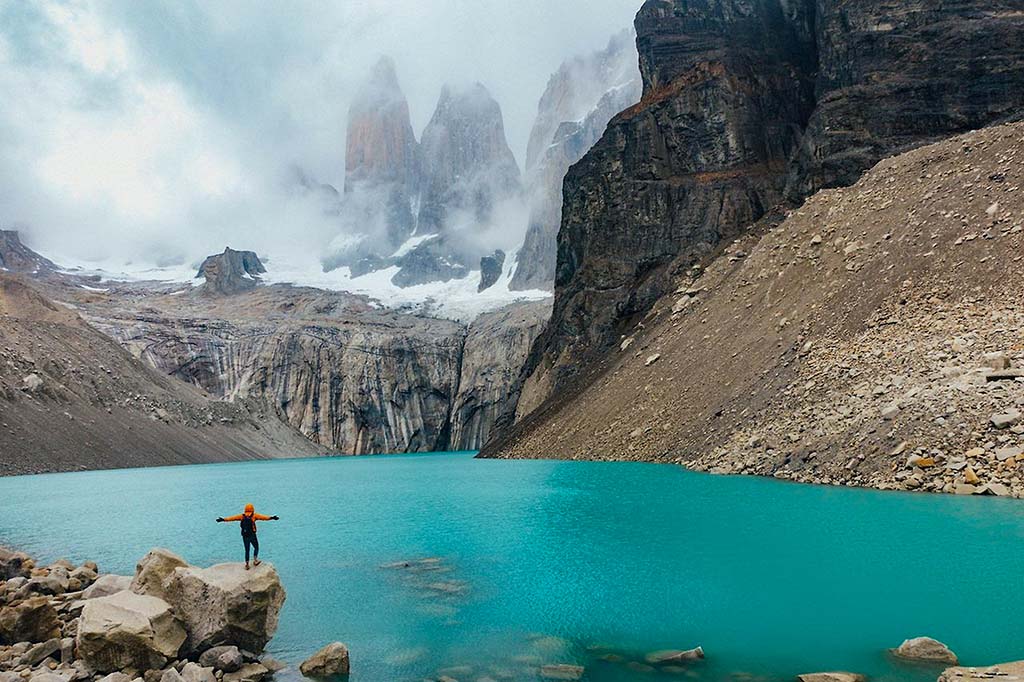
Adding human interest in a landscape or a splash of colour can help with your composition
Be patient
Sometimes you can arrive at a location and the weather is perfect, and the light is amazing. Everything comes together. But way more often, you arrive and the weather, the light, the elements aren’t right. Understanding how the weather may change, impact the scene and how the light changes, where the sun will move, how the clouds may move and cover the sky will give you a much better chance of capturing an amazing shot. Being patient also means having to wait for other people to get out of your best photo composition!
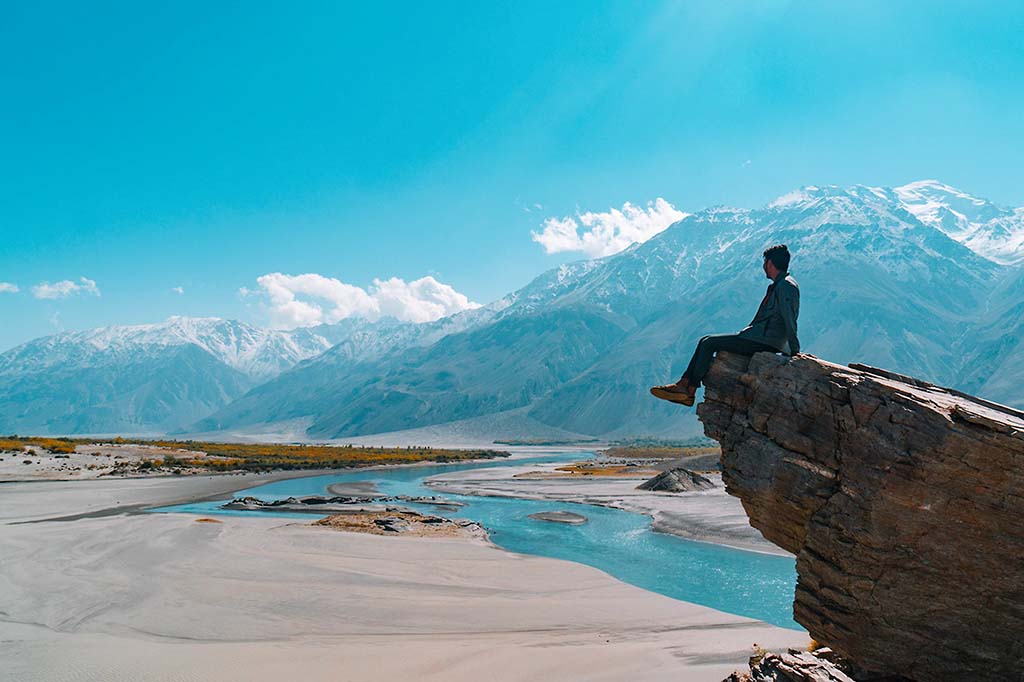
Waiting for the sunset
Look after your kit
Always ensure your equipment is in good condition. Your lens glass is clean. Your sensor is clean. Your viewfinder is clean. Know how to change lenses to minimise dust getting on the sensor.
Know your kit
Learning how to use your equipment and learning its limitations. Knowing your kit well means you can shoot faster and react to events happening around you faster. Know how to change settings quickly and what each setting means to your shooting style.
Always be curios and get lost
I love a good adventure. To see what around the next corner. To go a little further. I’ve travelled solo on quite a few trips including 6 weeks in China. Get away from the usual tourist places, walk in to the suburbs, take a look through an open door, walk into that courtyard.
Look UP ⇑
There’s a whole world above our heads waiting to be explored.
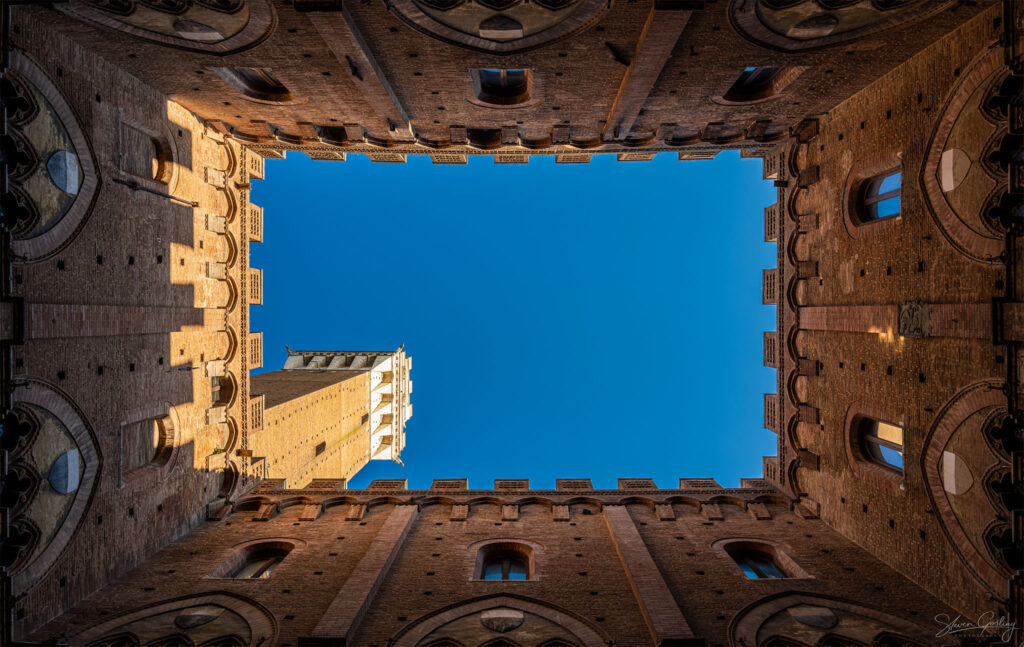
Taken in Sienna on one of my Tuscany Landscape Holiday Workshops
Backup your photos on the go
Memory cards these days are pretty reliable, but having all your precious images in the one place, risks losing them if the camera fails, the card fails or your camera is stolen. Here’s what I do…
- Where available record all your images to a second card slot.
- At the end of every day, copy your images to a hard drive.
- Have multiple cards and don’t delete images until you reach home and can backup your images fully. This way during travel your images exist in at least 2 places.
- Don’t keep those backup files with you. Hide the backup in your hotel room safe or secure place.
Visit the local tourist information office
Ask where the best places to shoot. Often the local people will know where to go. They may know that back road that gets you an alternative view. Also there are often local photographers offering tours and they will often know where to go. Look at the local tour brochures for ideas of locations and ask where places are.
Ask for location advice and ideas on social media
I’m a member on numerous (too many!) Facebook photography groups. You can often get great feedback asking for location ideas on these groups. I have done this many times and received great ideas along with warnings. I had a location I was planning to visit and a local photographer told me the usual walk to get there was closed and gave me an alternative route. This saved me loads of time. On another occasion I asked about photographing a very popular castle and someone told me about a backroad that went up above the castle and this produced an amazing shot different to the usual

Look for leading lines
Good leading lines naturally draw your eye along subtle, organic lines to a specific focal point. To achieve this effect, you can use a compositional tool known as leading lines. Leading lines are very effective at directing the viewer’s attention, and learning how to use them will greatly improve your photography composition.
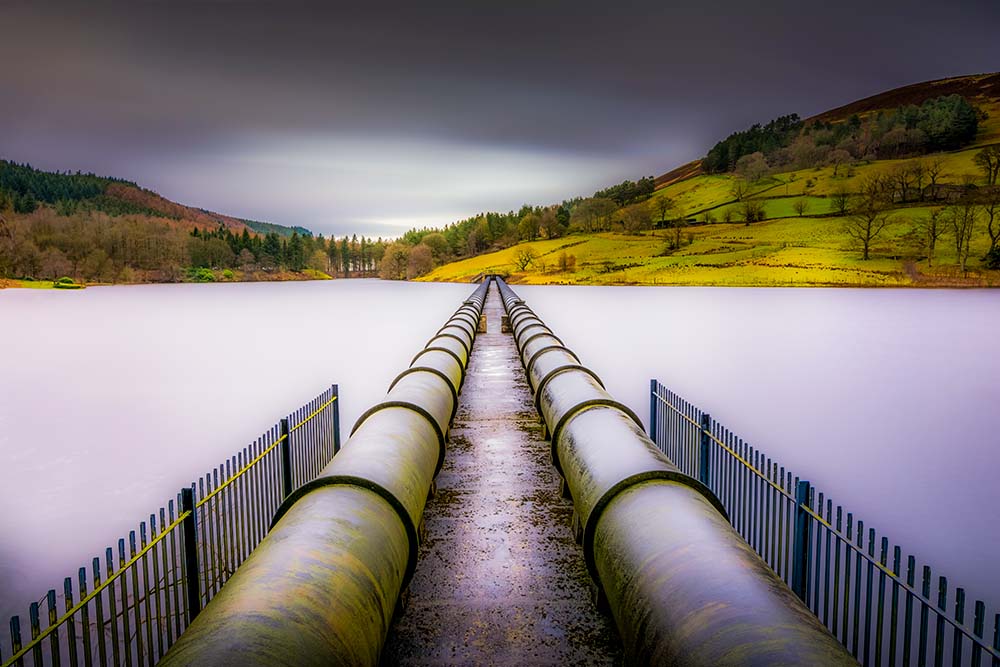
Learn the basics of composition
There are numerous tutorials on composition on Youtube and knowing the rules will improve your images no end. Plus there are numerous books about composition. See some here on Amazon.
Travel light
Minimise what you take with you. Especially if hiking with lots of kit. I only take the kit I think I will need for the shoot I have in mind. Often leaving kits back in the hotel or hidden in the car.
Always have spare batteries
Most modern camera batteries should give you at least several days shooting. But if you find yourself in a place where you are shooting very rapidly then one battery may not last long. Low temperatures will reduce the performance of your battery, so if you are in an environment where temperatures are low or below freezing, your batteries won’t last long. Keep any spare battery in a warm dry place and away from any metal objects.
Also always take a battery charger with you. I have a USB charger that will charge 2 batteries simultaneously and also charge from a car 12v socket, offering great versatility.
Always have spare memory cards
Memory cards seems to be more reliable and robust these days, but they can still fail, leaving your precious photos unreadable. Always carry a spare card or two and spread your shots across different cards.

I just had to use this stock photo I found of a mid 1970’s 35mm film camera with a modern Yongnuo lens and memory cards!!!
Bad weather can make the best shots
The vast majority of landscape photography involves four elements: light, weather, land and sky. The best images contain the right mix of all these. But wonderful warm sunshine is often far from being the best weather… Moody skies, pre and post storms, rain clouds, strong winds racing the clouds across the sky, snow covered mountains, early morning frost, etc… All make the best shots! Go out in all weather and find those shots.
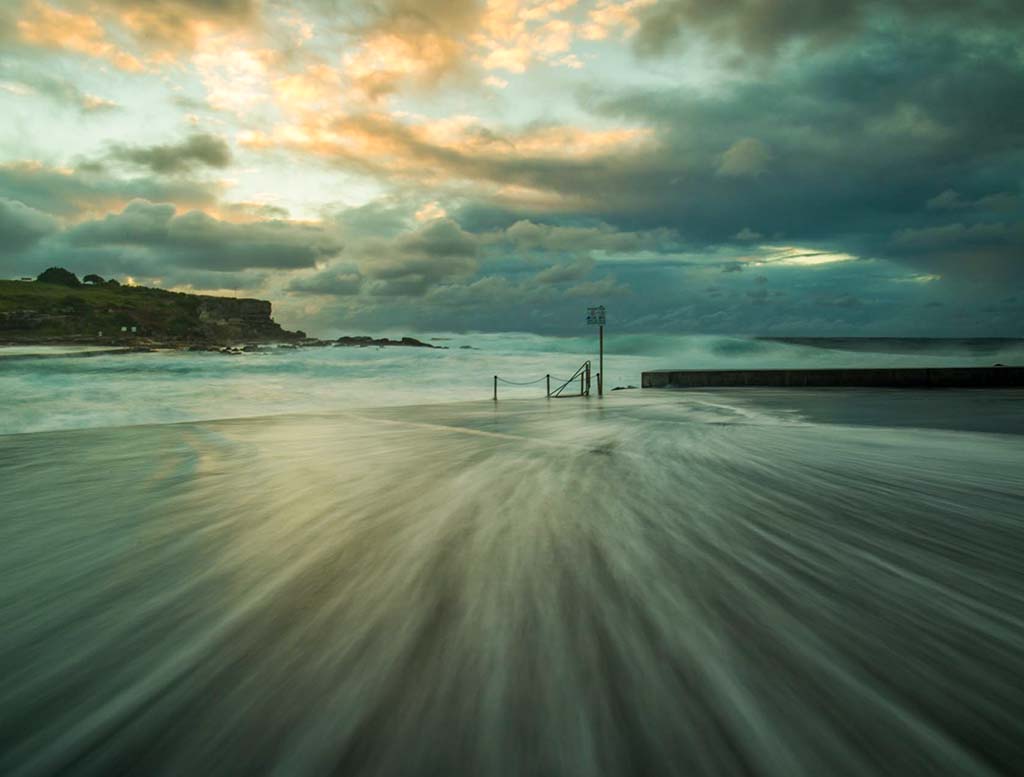
You can shoot landscapes in most weather conditions
Always be respectful
Shooting the landscape means we are out in the natural environment for hours at a time. We must treat the natural world with a high level of kindness and respect. Follow The Countryside Code:
- Enjoy the countryside and respect its life and work
- Be safe – plan ahead and follow any signs
- Guard against all risk of fire
- Leave gates and property as you find them
- Keep your dog under close control
- Keep to public paths across farmland
- Use gates and stiles to cross fences, hedges and walls
- Leave livestock, animals, plants, crops and machinery alone
- Take your litter home
- Help to keep all water clean
- Protect wildlife, plants and trees
- Take special care on country roads
- Make no unnecessary noise
- Consider other people
- Take personal responsibility for your own actions
- Respect people’s privacy and peace of mind
- Help land managers and others to work safely and effectively
- Care for your environment
Have a packing list and refine it over time
I now have a comprehensive packing list for my photography trips, because in the past I have forgotten too many things…
- Travelled thousands of miles – check
- Camera, lens, filters, filter holder – check
- Beautiful coat line with light house and sunset – check
- adapter ring to fit the filter holder to the lens… erm…
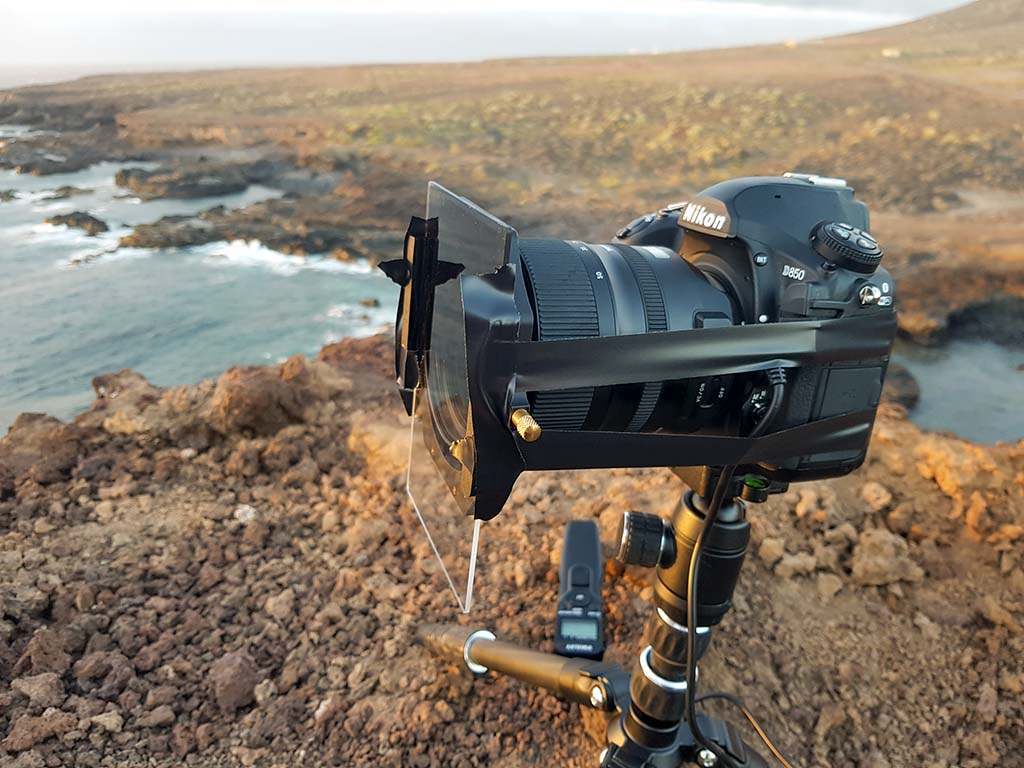
Yes, I really did forget the adaptor ring and had to attach the holder with tape!
Use your phone to evaluate shots before taking
I often find it very easy to use my phone to check how an image will look before shooting with the my big camera, especially when the shooting position can be very low or awkward.
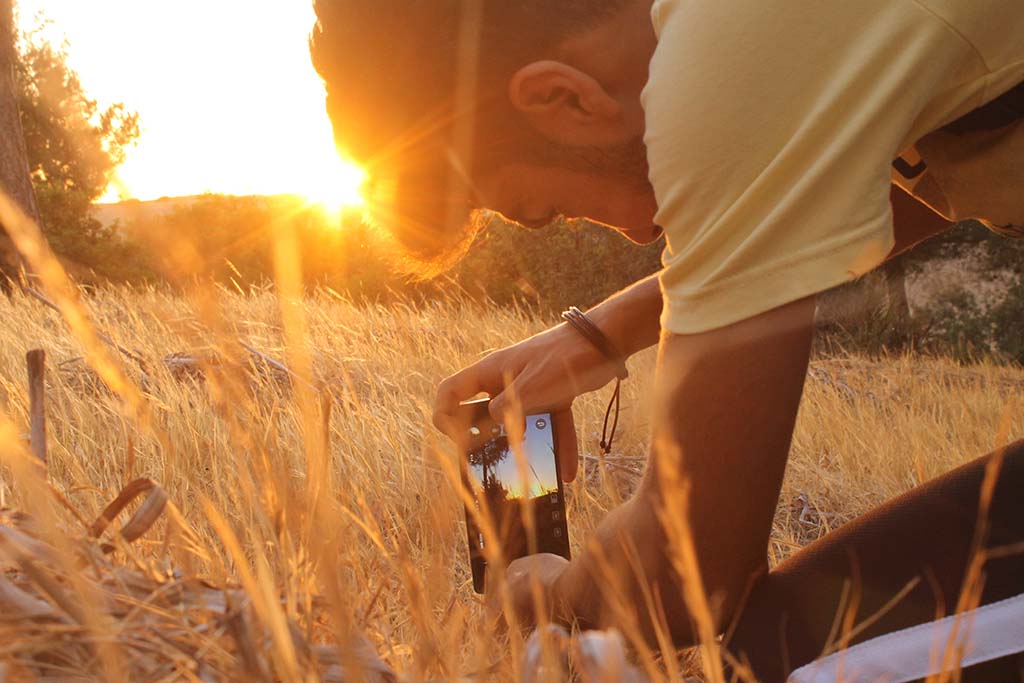
Use your phone to check low or awkward shooting positions
Evaluate the scene before shooting
Before even getting your camera out, take a good look at the scene in front of you. Look at the weather, the light, the elements in the scene:
- How will the light change in the next hour or so?
- Where will the sun set or rise?
- Will that annoying car or van move from your shot?
- How might the weather change?
- Is it better the move to a different position?
- Is the shot better taken from a low position?
- Is there a better shot using your zoom as you start cropping the scene?
Ask permission to shoot the locals
Candid photos can work very well, especially in a street environment. But for some people, asking a stranger to take their photo takes some courage, but the results can be superb. Getting the person to engage with the camera on their terms can create amazing personal shots.
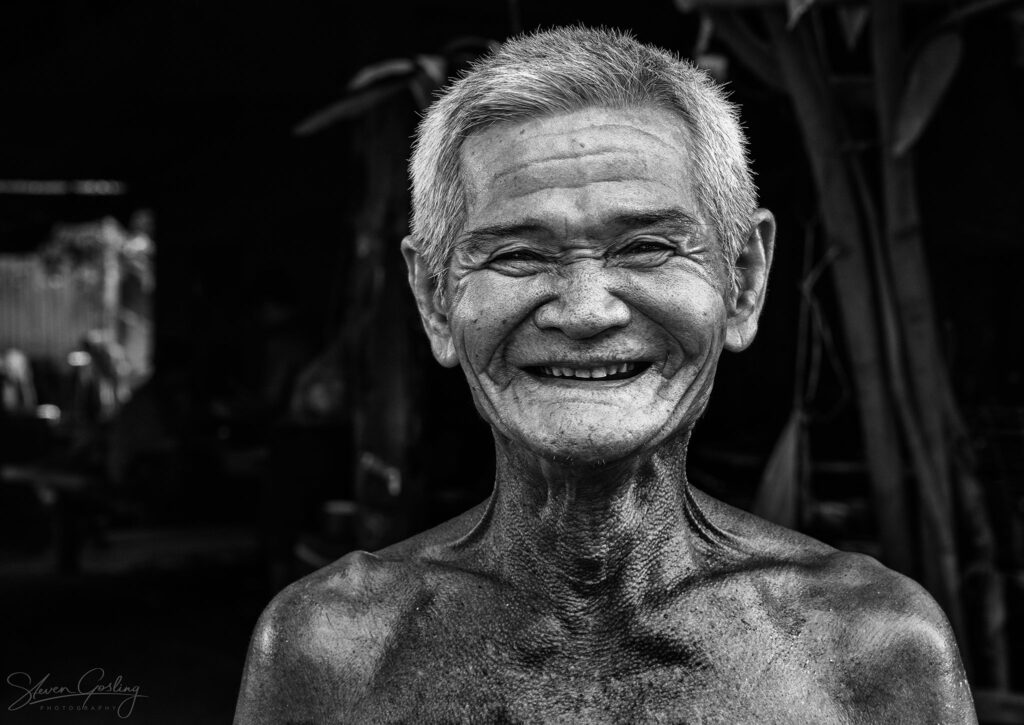
Asking permission for street photos – This amazing old man in Vietnam would not stop smiling for his photo
React quickly
Being able to react to a quickly changing scene means knowing your camera and its setting very well, thus having the ability to change your settings. You may be taking a general scene in the town piazza one moment, then for 10 seconds, a flash mob start Latin American dancing in the street – You need to be ready. In my case I have some custom settings on my camera so I can quickly change the ISO in 400 and the minimum shutter speed to minimum 1/250th – and I change this in less than 0.5 second. This setup has helped me in many quick changing environments.
Don’t be scared to take the obvious tourist shot, then experiment
Travelling means you invariably find yourself in popular tourist spots. By all means take the usual tourist shots as a record of your visit, but look for those different shots, angles, etc.
Be culturally aware
Learn about the people, customs, language, and background to the people and place you are visiting. Understanding and respecting other cultures will become a large part of recording and photographing the people and landscape.
Stay safe
Lastly, always stay safe. Don’t find yourself in the worst parts of town on your own. If out walking in the wilderness, tell someone where you going and what time you expect to be back. If parking, leave a small visible note in the car stating where you are walking and when you should be back together with your phone number. If you get lost, or you have an accident and your car is found empty, at least the Police or rescue authorities will know where to start looking for you. Always start your walk with good battery charge and take extra batteries or a portable charger. A head torch can be very helpful. I also always wear bright coloured clothing when hiking, and in my back back I keep a few snack bars, drink, and a whistle in case of emergencies.

